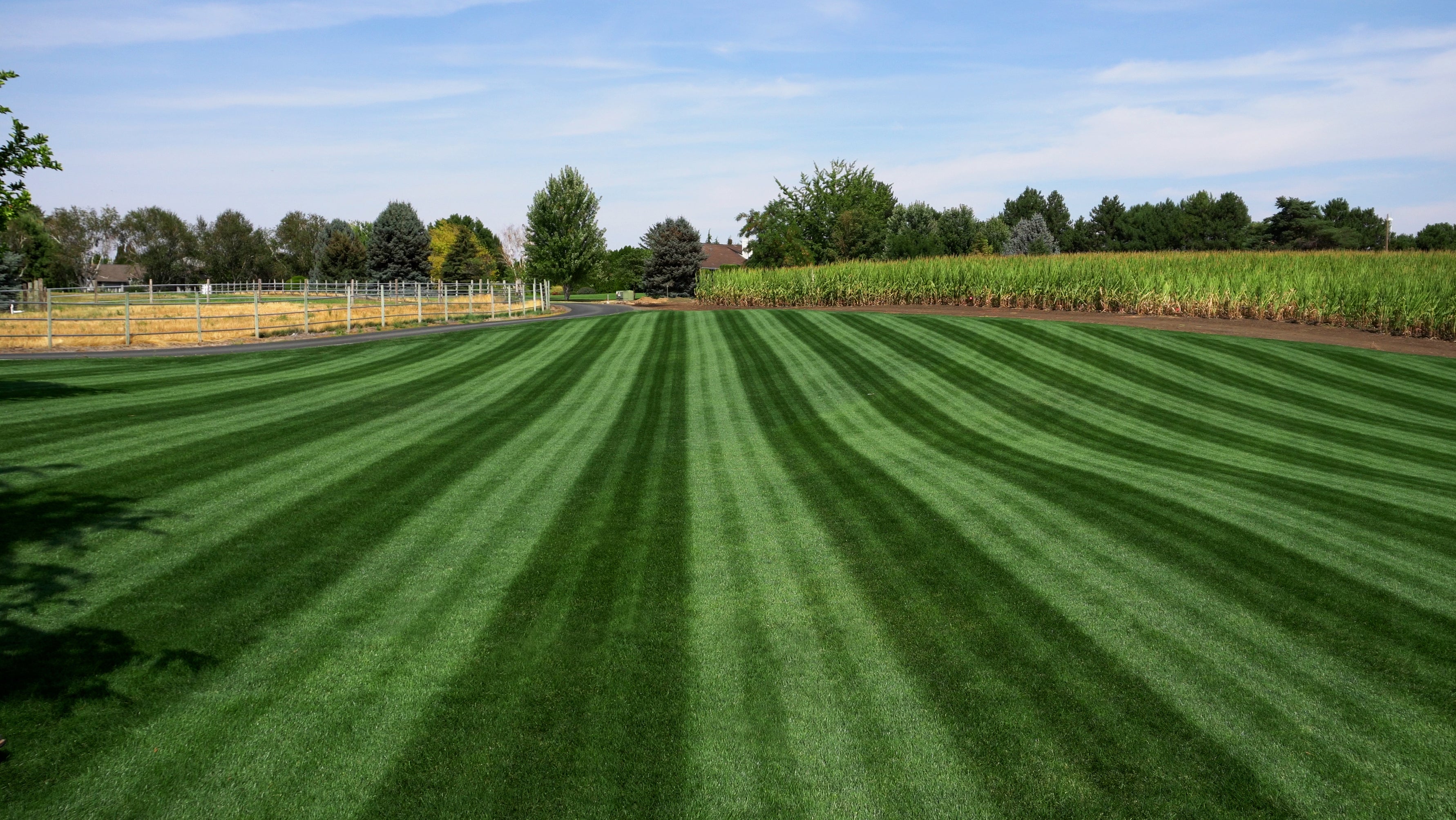Expert Lawn Care: How Professional Soil Testing Transforms Your Lawn
Don’t feel like reading? See the results and hear the explanation in this video: Grow a Stunning Lawn
A lush, green lawn is the pride of any homeowner but achieving and maintaining that perfect turf goes far beyond regular mowing and watering. The foundation of a stunning, resilient lawn is healthy soil and the best way to understand your soil’s needs is through professional soil testing. Drawing on expert insights from Kris Borgman, Co-founder & CEO of MySoil, here’s how a science-based approach can help you grow a beautiful, low-maintenance lawn even in challenging conditions.
Why Soil Testing is Essential for Lawn Success
Soil testing is the first step in any effective lawn care strategy. It reveals critical information about your soil’s pH and nutrient levels which directly impact grass health and growth. By understanding your soil’s unique profile, you can tailor your fertilization, irrigation, and maintenance practices for optimal results.
The MySoil Lawn Care Approach: Science Meets Simplicity
1. Start with the Right Seed Blend
Kris’s lawn thrives on a custom blend of Kentucky Bluegrass and Perennial Ryegrass (DIY Premium Double Dark Green 80/20 Perennial Ryegrass and Kentucky Bluegrass) . This combination offers rapid establishment from the Ryegrass and long-term density and recovery from the Bluegrass. The result is a turf that stays green, fills in bare spots, and withstands seasonal stress.
2. Test Your Soil Every Spring
Each spring, conduct a MySoil soil test to guide your fertility program. This ensures your lawn receives the precise nutrients it needs; no more, no less, reducing waste and environmental impact while maximizing turf health.
3. Dial in Irrigation for Efficiency
Proper irrigation is crucial, especially during hot, dry periods. Use a Wi-Fi irrigation controller for convenience but always inspect your lawn in person. Check for dry spots and adjust watering as needed. Deep, infrequent watering encourages deep root growth, making your lawn more drought tolerant.
4. Mow Smart and Often
Regular mowing every three days at a height of 1.5 to 2.25 inches promotes dense, healthy turf. Bagging clippings can help keep your lawn tidy and reduce debris, especially if you have children or pets. Mulching clippings works as well. Check out this SoiLab Mulching vs. Bagging video to learn more about the differences in approach on soil nutrition.
5. Fertilize Based on Test Results
Apply fertilizer every 5–6 weeks, using products matched to your soil’s needs. If your soil requires pH adjustment, Spring and Fall are optimal times to add lime to increase soil pH or sulfur to decrease soil pH. Your MySoil test will recommend the appropriate pH amendment product if needed.
6. Minimal Chemical Inputs
With dense, healthy turf, the need for herbicides and fungicides is greatly reduced. Spot-treat weeds as needed and avoid routine blanket applications. This approach minimizes inputs and alleviates any safety concerns.
7. Aerate and Dethatch as Needed
Healthy soil structure is vital. While some soils may not need frequent aeration, dethatching with a spring-tooth rake or dethatcher helps remove dead debris and allows new grass to thrive. Earthworms and organic matter naturally improve soil aeration and fertility.
Real-World Results: Low Maintenance, High Reward
Even with over 45,000 square feet of lawn, Kris spends most of his time simply mowing and monitoring. Thanks to soil testing and a tailored program, his lawn stays healthy with less than five hours of work per week. Whether you have a small yard or several acres, this science-backed approach delivers professional results without constant effort.
Key Takeaways: Your Path to a Stunning Lawn
· Test your soil each spring to guide fertilization and amendments.
· Choose the right grass seed blend for your climate and soil.
· Irrigate efficiently and inspect your lawn regularly.
· Mow consistently at the recommended height.
· Fertilize based on soil test results, not guesswork.
· Maximize turf health to minimize additional inputs and alleviate safety concerns associated with some non-organic products.
· Aerate and dethatch when necessary to maintain soil health.
Ready to transform your lawn? Get started with a MySoil soil test kit!

Share:
Do You Need Starter Fertilizer When Seeding a New Lawn?
How Often and What Height to Mow - The 1/3 Leaf Surface Rule is The Key to Healthy, Resilient Lawns